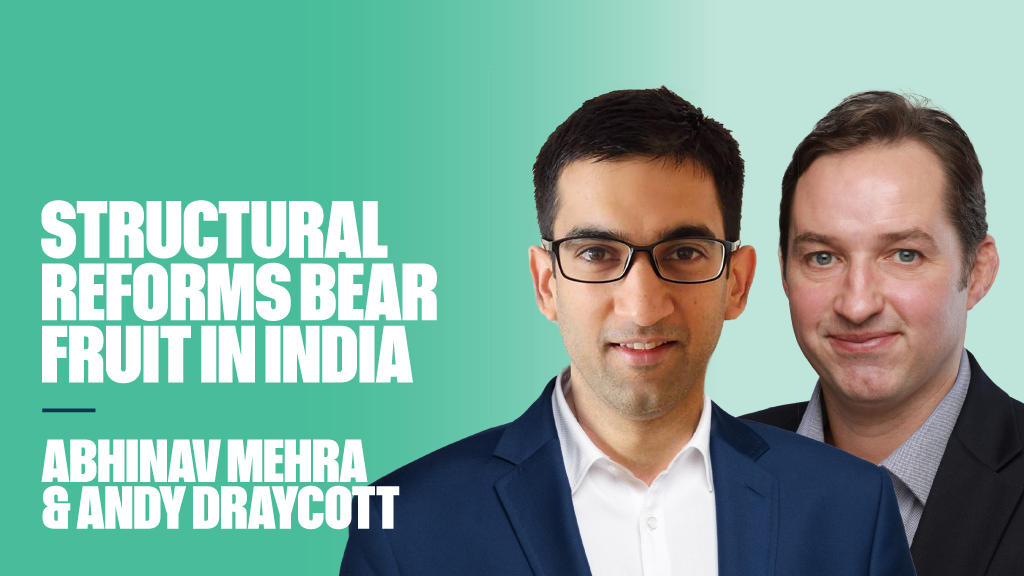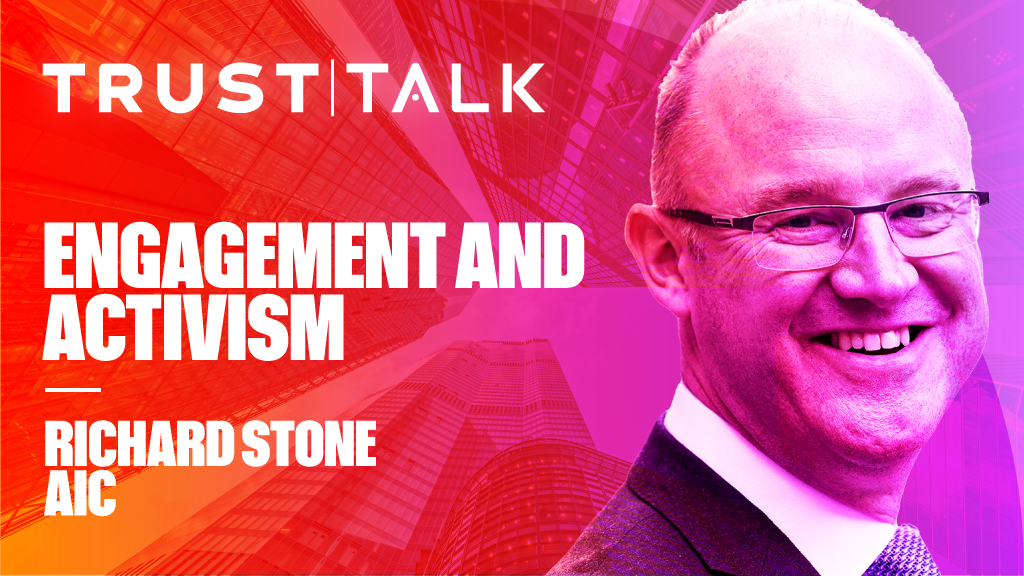Hedging risk
According to Horsfield, much of the fixed income debate comes back to valuations. While he too was reluctant to buy bonds given valuations, it was the only real way to hedge equity risk.
One of the solutions, said Horsfield, was to turn to the alternatives space, and Cornelian has invested in a number of strategies, including Invesco Perpetual Global Targeted Returns, Jupiter Absolute Return and a more macro-orientated fund from H2O.
Millward, on the other hand, is unconvinced by strategies such as Standard Life Investments’ Global Absolute Return Strategy or Invesco’s Global Targeted Return funds. He said: “We have tried to keep it simple with long-only managers that have a low correlation to equities, such as Sebastian Lyon at Troy Trojan or Investec’s Alastair Mundy. Mundy has had a tough couple of years but his pessimistic views are starting to come through and he has delivered some decent numbers.”
One area where there is a greater consensus, especially on the longer-term outlook, is emerging markets. According to Lau, the emerging markets story is intact with a lot of the growth drivers still in place.
He said: “Since May 2013, capital outflows have been the main concern. We remain invested in emerging markets but have focused on the larger-cap companies, with safer, high-quality, cash-generative characteristics.
“However, with risk sentiment turning, it is all about the stalling dollar and we might see some more tailwinds for the emerging market space in the short term.”
Herberts agreed but went one step further: “You should have a long-term structural overweight. That should be your starting point and then you try and talk yourself out of it. Otherwise, you are just trying to second guess flows from other people, which is temporary and ephemeral.”
According to Horsfield, Cornelian started adding back into emerging markets at the end of last year, having been very underweight since the launch of the funds.
He said: “We are still underweight risk overall but in this environment there is more support from policymakers. With Yellen indicating two rate rises now instead of four and China reverting to its old ways and going all out with more stimulus, it feels like risk assets will be supported.
“Coming back to the issue about valuations, when comparing developed markets and emerging markets, emerging is clearly the place to be adding to risk because valuations are not offensive.”











